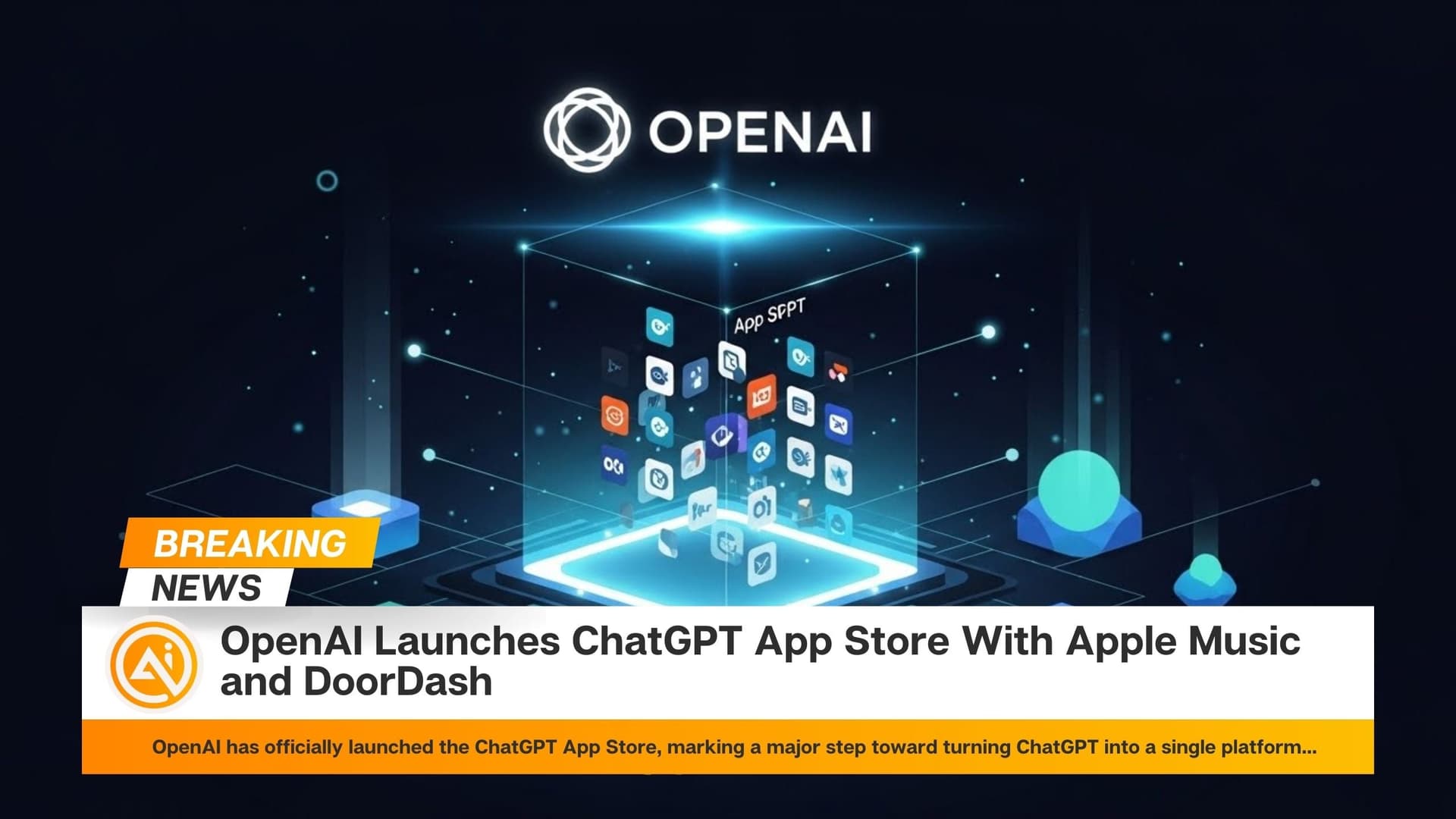YouTube Shorts is bringing a new AI-powered feature to creators with the integration of Google DeepMind’s latest video model, Veo 2. This update allows users to generate AI-driven video clips that can be used in their Shorts, enhancing creativity and making content creation more engaging.
Previously, YouTube introduced Dream Screen, which lets users create AI-generated backgrounds. Now, with Veo 2, creators can generate entire video clips that seamlessly integrate into their Shorts, expanding creative possibilities.
According to YouTube Director of Product Dina Berrada, Veo 2 improves on previous AI video models by offering faster processing speeds and a better understanding of real-world physics and human movement.
This means the AI-generated content will appear more natural and lifelike. Additionally, users can customize their videos with different styles, cinematic effects, and lens options, making it easier to produce high-quality visuals with minimal effort.
To ensure transparency, all videos generated with Veo 2 will include a digital watermark through DeepMind’s SynthID tool. YouTube will also label these AI-generated clips, but concerns remain about the potential risks of synthetic content misleading viewers. Despite these safeguards, AI-generated media continues to raise questions about authenticity and ethical use in online platforms.
Creators can access Veo 2 by opening the Shorts camera, selecting the Green Screen option, and navigating to Dream Screen, where they can enter a text prompt to generate a video. This feature launches first in the U.S., Canada, Australia, and New Zealand, with YouTube planning to expand its availability in the future.
By integrating Veo 2, YouTube is keeping pace with advancements in AI-generated video, directly competing with tools like OpenAI’s Sora while enhancing the creative experience for its users.
